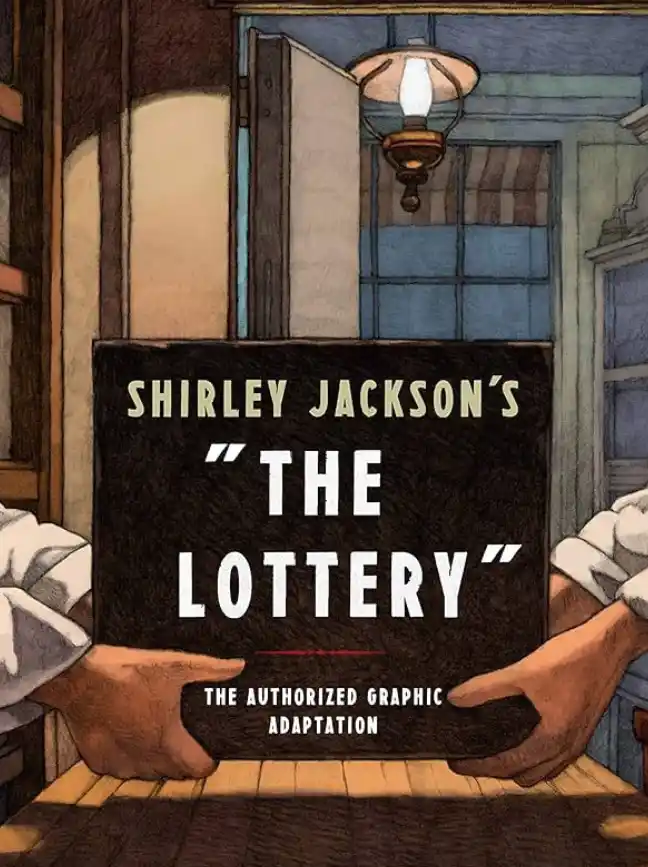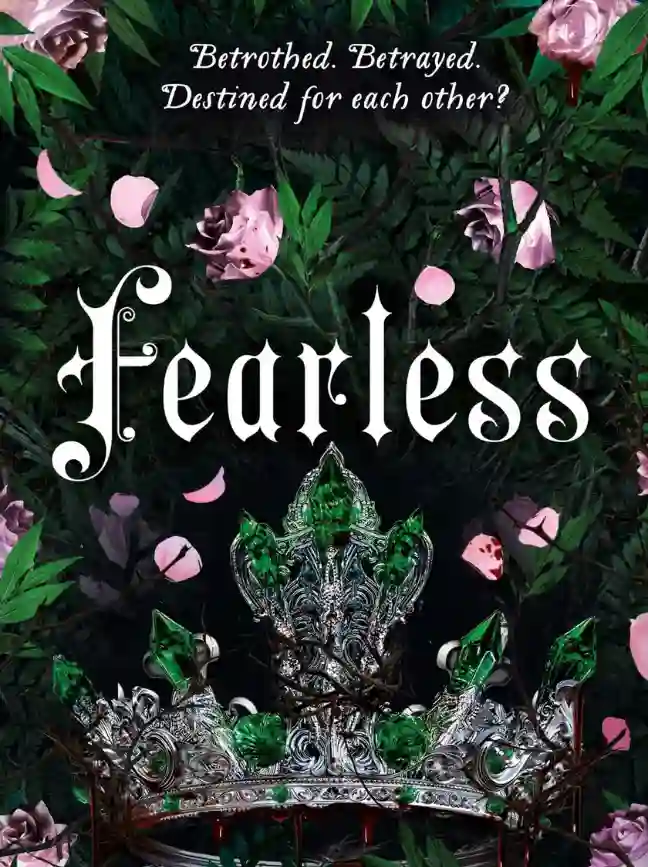ONE YEAR AFTER that party, Mr. and Mrs. Kim kicked me out of my hovel. They were making a rooftop garden and needed it for a potting shed.
“You’re kicking me out?” I said.
But Mr. Kim wasn’t having it. “Go marry Helpful. You’re practically married, anyway.”
“Maybe I will,” I said, and then I held up the engagement ring on my finger.
I wasn’t spending much time at my place by then, anyway—now that I’d helped Joe refurnish his apartment.
I mean, that Viking stove of his was a significant draw. And so, of course, was Joe himself.
Oh, and you heard that right. I’m still calling Oliver “Joe.” He just looks like a Joe to me.
And we really are getting married.
I admit: the idea of Joe’s wanting to be a family with me has taken the pressure off Peanut to defy all laws of nature and live for another twenty years.
It’s also taken the pressure off Lucinda to be anything other than her limited self. She still defends Parker. But sometimes I can see her side. What mother could possibly go against her own child?
Parker got transferred to Amsterdam for two years, anyway. So for now I have my father and Lucinda to myself, and we have dinner together from time to time.
Turns out it’s easier to be less mad at people when other parts of your life are happy.
Sometimes Joe and I try to place bets on Parker’s destiny. Will she always be evil, or will she grow out of it? He’s a bit more optimistic than I am, but he defers to my expertise.
She might grow out of it, though. Who knows? People can definitely change. I sure did.
And if Parker does, I’ll cheer for her.
I’ll also lose a hundred dollars on that bet. But happily.
IT’S SO STRANGE to me now, looking back on that upside-down time in my life, how many good things came out of it. If you’d asked me at the time, I’d have told you everything was ruined forever.
But of course the fact it was all so hard is part of what made things better.
It forced me into therapy for a while, for one.
It forced me to rethink what making art meant in my life.
It forced me to reevaluate some ideas that I’d never questioned about who we all are and what it all means. Because things were so overwhelming, I had no choice but to accept some help. And then I found out that letting people help you isn’t so bad.
It’s definitely the kind of thing you can get used to.
I mean, a woman who didn’t believe in help somehow wound up madly in love with a compulsive helper.
Isn’t it lucky when we’re drawn to people who can teach us things we need to learn?
Like how to let other people make us tea, for example. Or run to the store when it’s late. Or walk the dog on a rainy night.
Sometimes, now, I’ll lie on Joe’s sofa and say, “Could you kindly help me out and bring me those cookies? And the fuzzy blanket? And a big cup of milk? And my book?”
And he’ll flare his nostrils at me like I’m annoying but adorable, and I’ll be like, “Hey. This is win-win.”
Peanut is also learning things from Joe. Because Joe’s trying to break his Parisian crepe addiction so he can keep Peanut in top geriatric shape. And he’s willing to hand-feed Peanut slivers of rib eye to do it.
It’s working, too. Peanut takes three walks a day and has the downy fur of a teenager. He’ll outlive us all.
It’s so funny to me now that I met Joe so many times before I ever actually saw him. Sometimes I study that face of his while he’s sleeping and wonder why every single encounter I ever had with it didn’t set off buzzers and flashing lights and confetti showers.
How could I ever have walked right past him?
Dr. Nicole was so right, of course. We see what we’re looking for.
Knowing how much I used to be missing has taught me to pay better attention. To pause from the hustle more often and just take it all in.
Of course, I’m not hustling quite as much now as I used to be because I’m no longer quite as broke.
That night of the contest? When my painting got zero votes from the judges? It really was an ugly duckling. A scout from a fine art gallery named Ellery Smith was there that night, and she loved my painting. In fact, the very thing that the judges and the other artists and the patrons all disliked about it—namely, the face—was the thing that she liked the most.
She liked the mystery of it. How hard it was to read. How full of emotion it all was. She said it left her fascinated. She could never get tired of looking at it. It raised more questions than it answered.
She got in touch a week or so later to see if she could represent me, and six months after that I was doing a show in her gallery of ten similar portraits. All of which sold for three thousand dollars a pop.
Seriously. Mr. and Mrs. Kim got a bargain.
They did hang the painting in the lobby, by the way. And when I saw it hanging there for the first time, I decided it didn’t look like Gong Yoo or John Denver or Danny DeVito.
It didn’t look exactly like Joe, either, to be honest.
But it felt like him. It felt like my experience of trying to see him. It looked like all the mysteries and emotions that surrounded the man I fell in love with—before I had any idea who he was.
Artistically, it was good.
And it made me wonder if maybe these were the kinds of paintings I should have been doing all along. If I’d been trying so hard to be exactly like my mother that I hadn’t left room to explore or to play or to be a little more like me.
The experience of painting the portraits is different now, of course. Because it doesn’t take that long before the faces of strangers come into view. I’ve got only about three impressions before I see them like everyone else does.
I draw the face first and try to capture all that mystery. And I view that early time as a chance to see the world like no other artist I know does.
The superpower lady? From Facebook? Now I know exactly what she means.
Seeing the world differently helps you see things not just that other people can’t—but that you yourself never could if you weren’t so lucky. It lets you make your own rules. Color outside your own lines. Allow yourself another way of seeing.
Most of the time now, if I see someone I know, the face comes together pretty fast. But not always. If it’s been a while since I’ve seen that person. Or if I’m tired or preoccupied. I’ve walked up to Joe in Maria’s grocery store more than once and put my arms around him—only to realize I’ve just freaked out a total stranger.
It happens.
But I find the antidote to that is just keeping a sense of humor. And staying humble. And laughing a lot. And doubling down on smiling. We’re all just muddling through, after all. We’re all just doing the best we can. We’re all struggling with our struggles. Nobody has the answers. And everybody, deep down, is a little bit lost.
Knowing I don’t have it all figured out—facing that somehow in some way every day—forces me to be compassionate with myself. Which has made me so good at compassion that I can hand it out to other people like I’m handing out champagne at a party. When someone gives me the wrong change. Or messes up my order. Or flips me off in traffic.
I see you, humanity, I think.
We’re all so limited and disappointing and so, so wrong. Much of the time. Maybe even most of the time. We’re all so steeped in our own confirmation bias. We’re all so busy seeing what we expect to see.
But we have our moments, too.
Moments when we see that tire blowout and stop to help. Moments when we pay for the person behind us in the drive-through. Or offer up our
seat to a stranger. Or compliment someone’s earrings. Or realize we were wrong. Or apologize.
Sometimes we really are the best versions of ourselves. I see that about us. And I’m determined to keep seeing that about us. Because that really might be the truest thing I’ll ever know:
The more good things you look for, the more you find.
A Note About Prosopagnosia
There are two different types of face blindness, or prosopagnosia.
The type that Sadie has in this story is called acquired. It results from some sort of damage to the fusiform face gyrus—from surgery, for example, or a lesion, or a traumatic brain injury—and it results in a change in the ability to perceive faces.
The other type of prosopagnosia is developmental, and it’s typically a condition people have had all their lives. It’s more commonly associated with memory than with perception. People with developmental prosopagnosia can generally see faces in the moment—they just have trouble remembering them later. This type is by far the most common—up to one in fifty people have it—but many people don’t realize they have it. Because there’s no noticeable shift from before to after, many people who have this type assume that’s just how everyone is.
If you’re interested in learning more about face blindness, a good place to start is FaceBlind.org, a joint website of the Prosopagnosia Research Center of Dartmouth, Harvard, and the University of London. There you can read more about it, access online tests to measure your own ability to perceive and remember faces, and even volunteer to participate in research.








